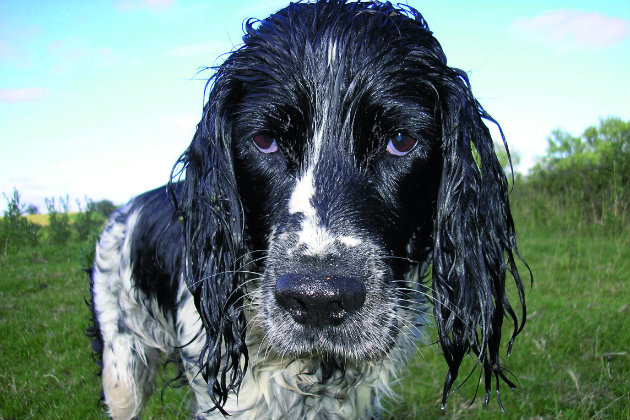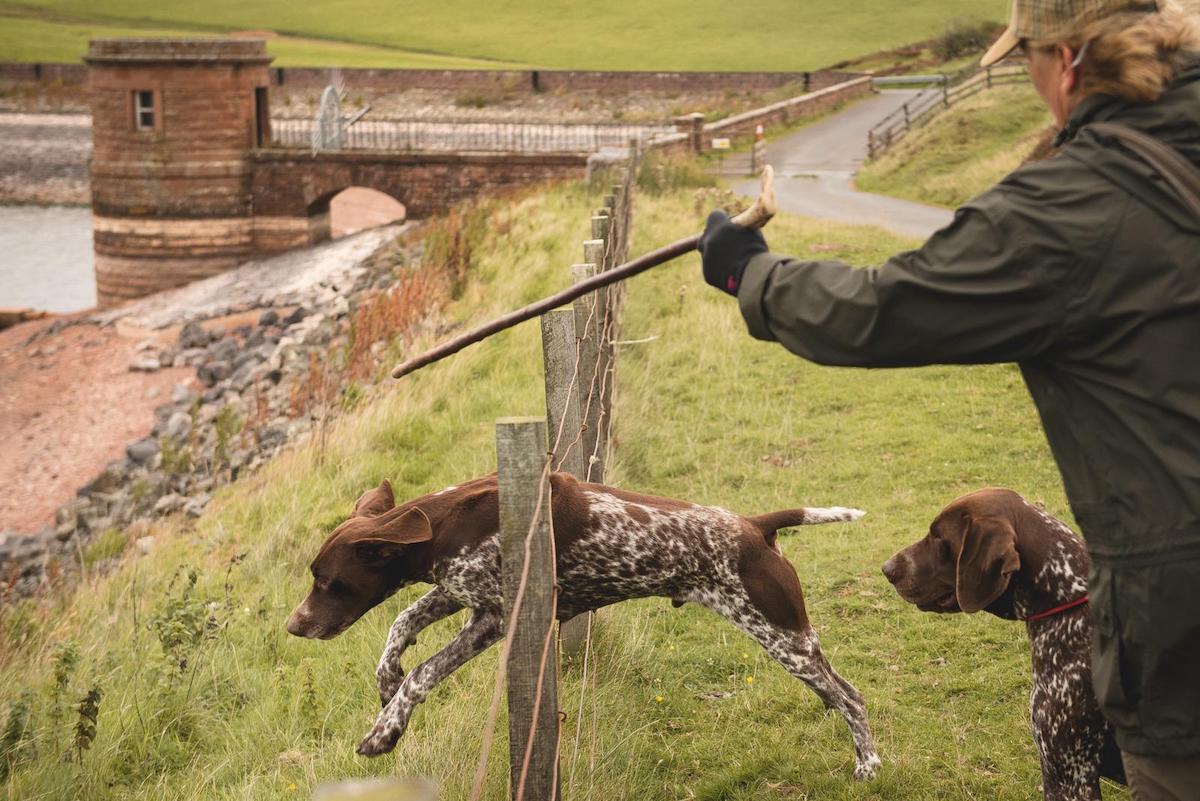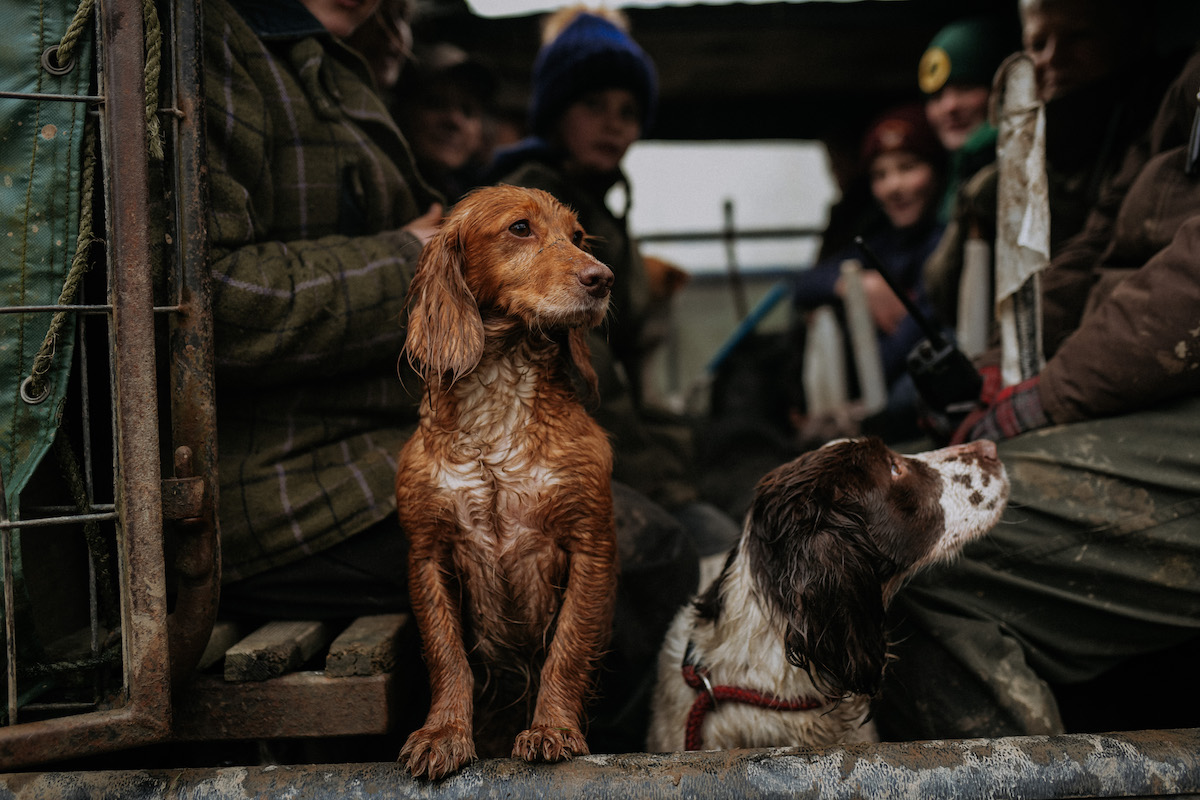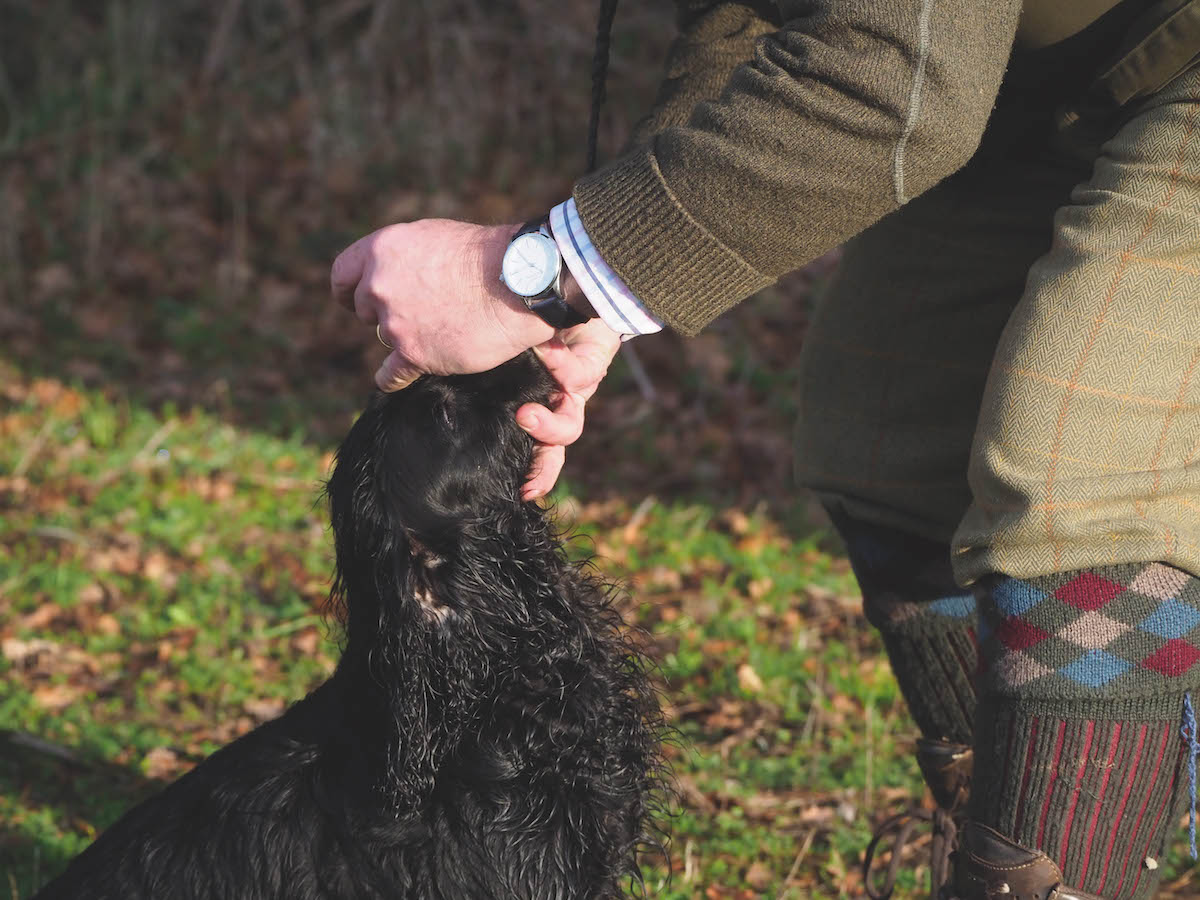Gundog ears badly designed
Floppy ears in dogs are a recipe for disaster

Were flop ears bred in so that scent hounds would not be distracted by any sounds when hunting?
All our gundog breeds have floppy ears though, of course, some are a great deal floppier than others. Labrador ears may turn downwards, but they are functional and only covered in short hair, which might explain why ears are one of the areas of least concern with the breed (don’t mention hips or elbows). It is the spaniels and setters that have the longest, floppiest ears, a trait that has been exaggerated by the demands of the show ring. What’s more, the ears don’t just flop but the leathers (flaps) are also covered with fur, or what technically is called “feather”.
The outside of these heavy, furry ears not only picks up burrs and cleavers like iron filings to a magnet, but also prevents air getting to the ear canal itself, a recipe for disaster. It is no wonder that these breeds have ear problems, without even considering the effect of skin allergies. Dogs simply shouldn’t have ears like that.
Reasons why dogs are bred with floppy ears
Why, then, have we bred them like this? It’s a question that zoologist Desmond Morris answers in his book Dogwatching. First, he suggests that with the hunting breeds, such as spaniels, floppy ears were favoured because these dogs were developed to hunt by scent. Prick ears are much better for locating the precise direction of a sound, so a dog with flop ears was less likely to be distracted by irrelevant sounds in the distance.
Second, he argues that a major attraction of flop ears is the more submissive look they give the dog. Floppy ears are only present in wild dogs when they are very young, but by breeding for flop ears, dogs end up with a juvenile characteristic into their adult life.
I’m sure he is right, for the submissive look of a spaniel is one of its attractions. Replace a spaniel’s floppy ears with a pair of pricked ears, as on an elkhound or German shepherd dog, and the result wouldn’t be nearly as appealing, though it might be a great deal more functional. Lastly, Mr Morris suggests that “very long, drooping ears look superficially like the hanging locks of human hairstyles”, making the dog appear more human-like and attractive to its owner. I’d never thought of that.
Can you put a price on well-behaved gundogs?
Whilst writing about British gundogs, an American gundog trainer was extolling the virtues of how “these extraordinary gundogs perform with…
A guide to gundogs on the beating line
Paul Rawlings shows you how to ensure you have the best gundogs on the beating line
Anthropomorphism and gundogs: Are we too personal with our gundogs?
Anthropomorphism: Gundog owners try to maintain hard rules with their gundogs but we all go a bit soft sometimes.











